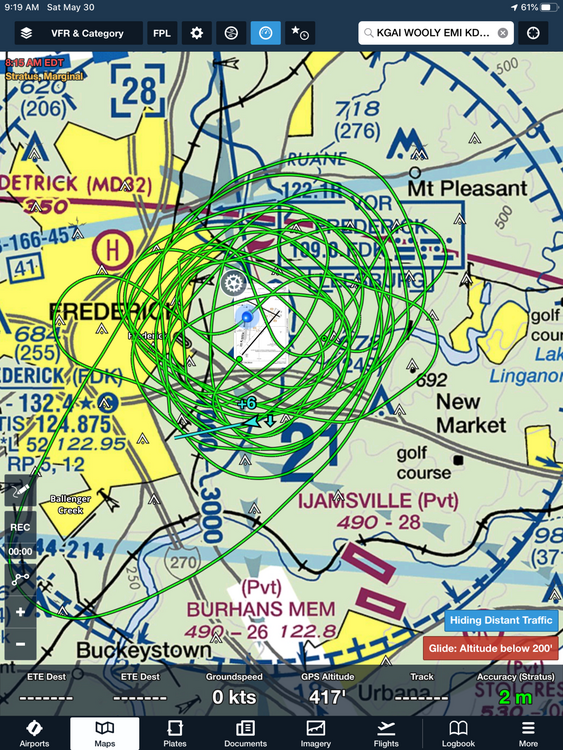After a six month annual and extensive engine work, I'm hoping to get my plane back this week. I have been noodling on the following - I was hoping to break the engine in by flying at 4500 feet in fairly large circles around the airport to stay within gliding range in case there are any issues. So, for half of the circle (180-359 degrees) I would be flying at the required VFR altitude, and for the other half I clearly wouldn't be. Any thoughts on this? For what it's worth, I was intending on requesting traffic advisories but would welcome opinions if there are likely issues with this plan.
Of course, I could just fly below 3000' but the diameter of the circles would be quite small...
Of course, I could just fly below 3000' but the diameter of the circles would be quite small...

